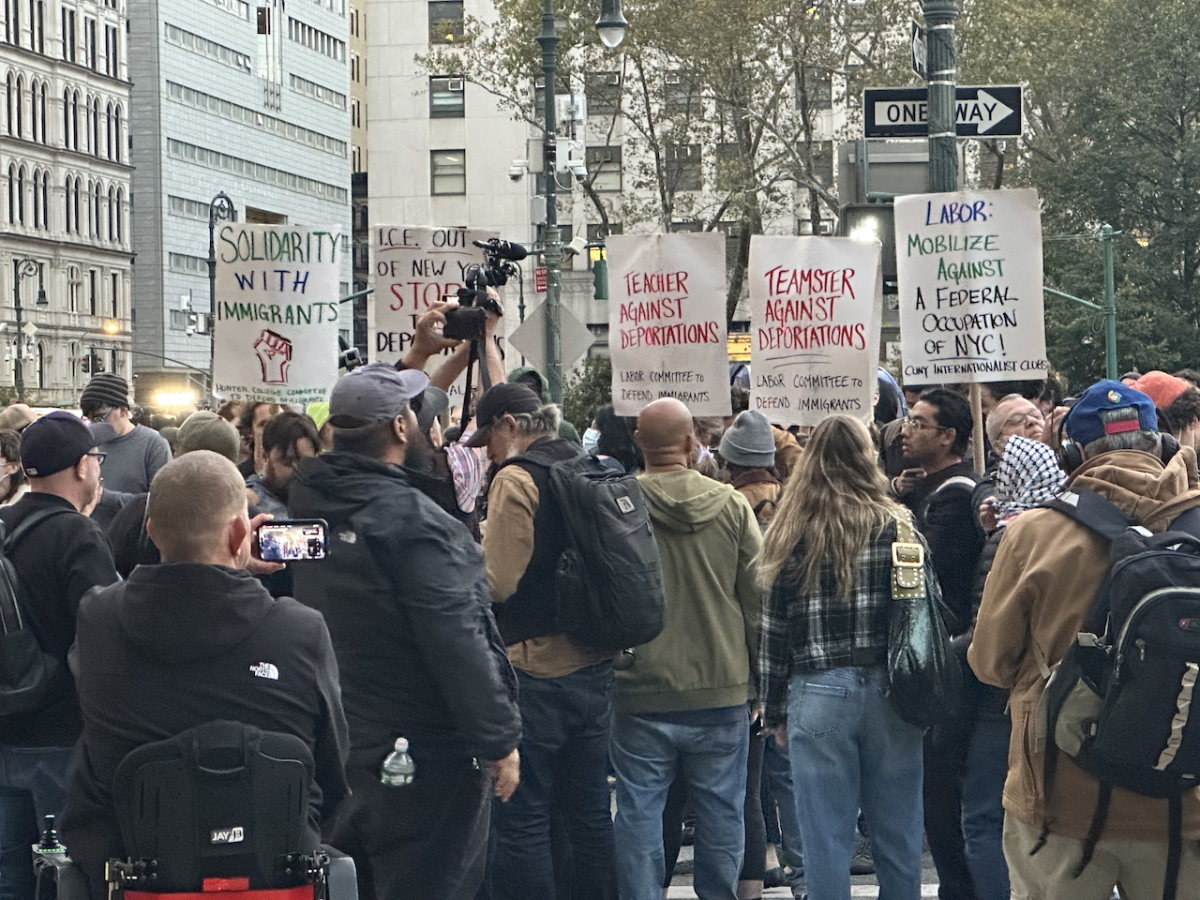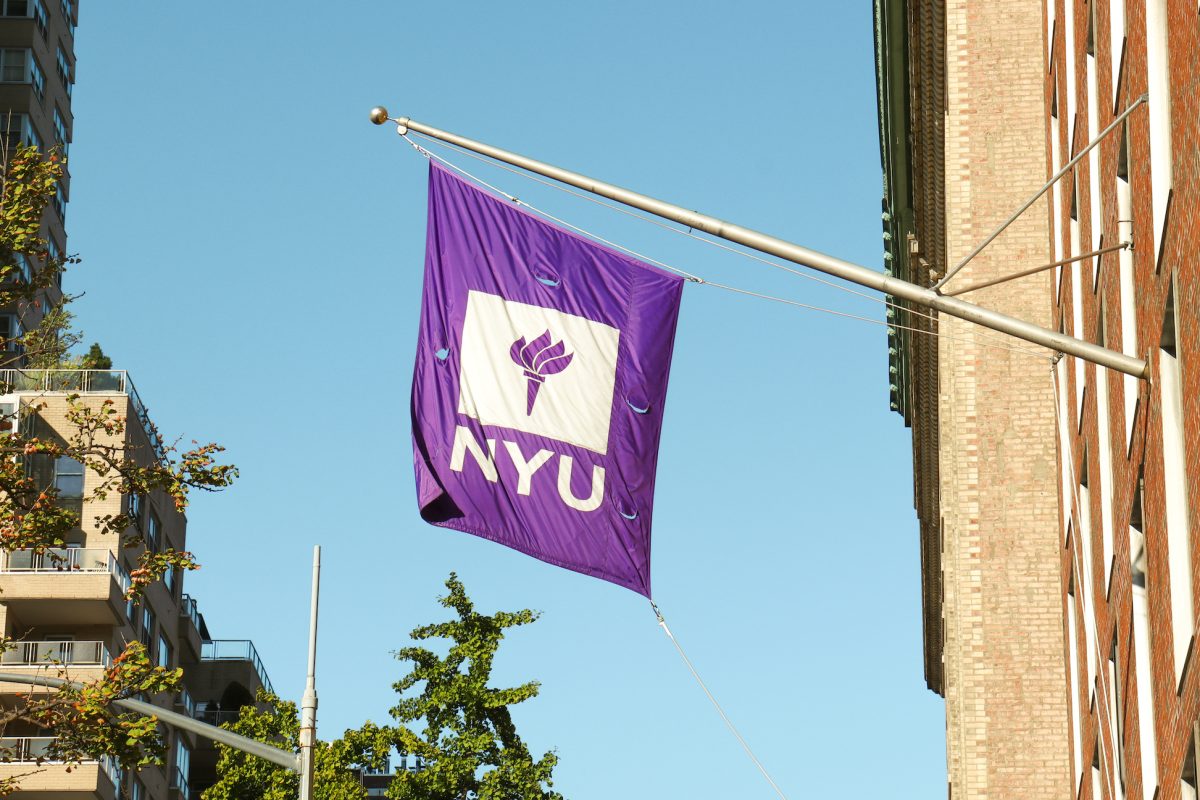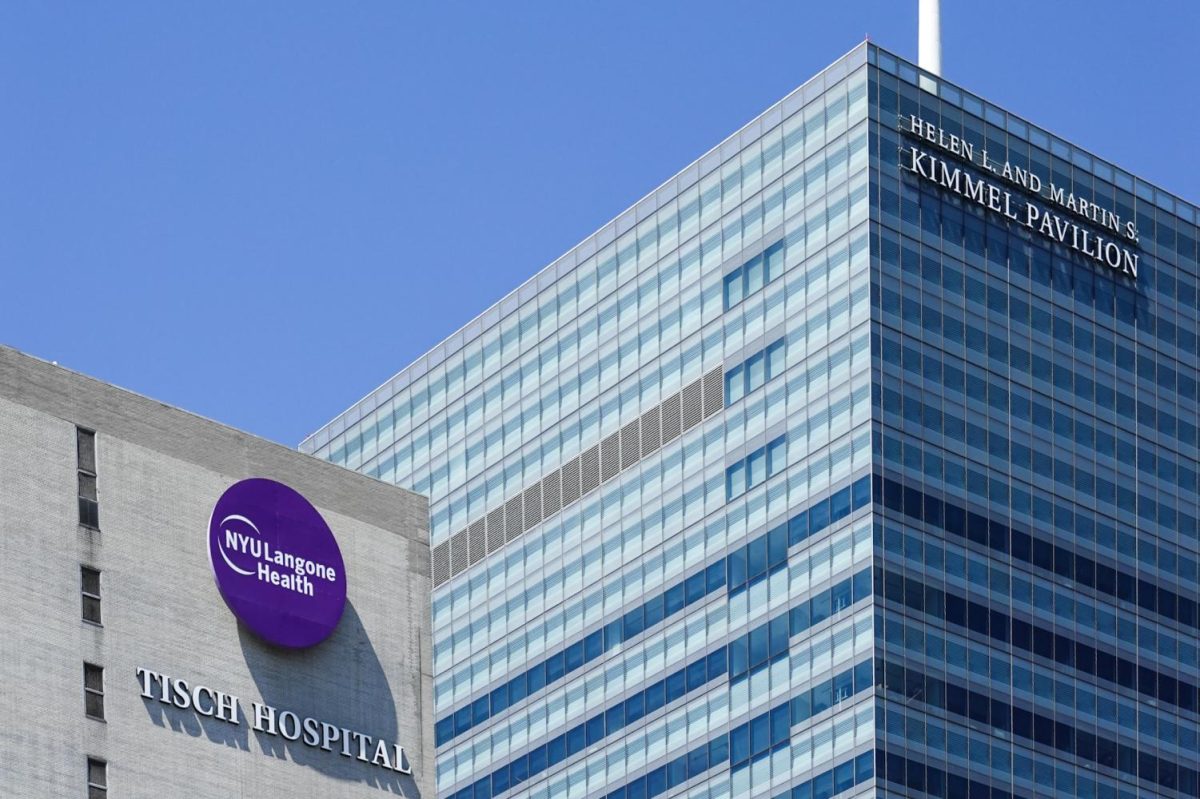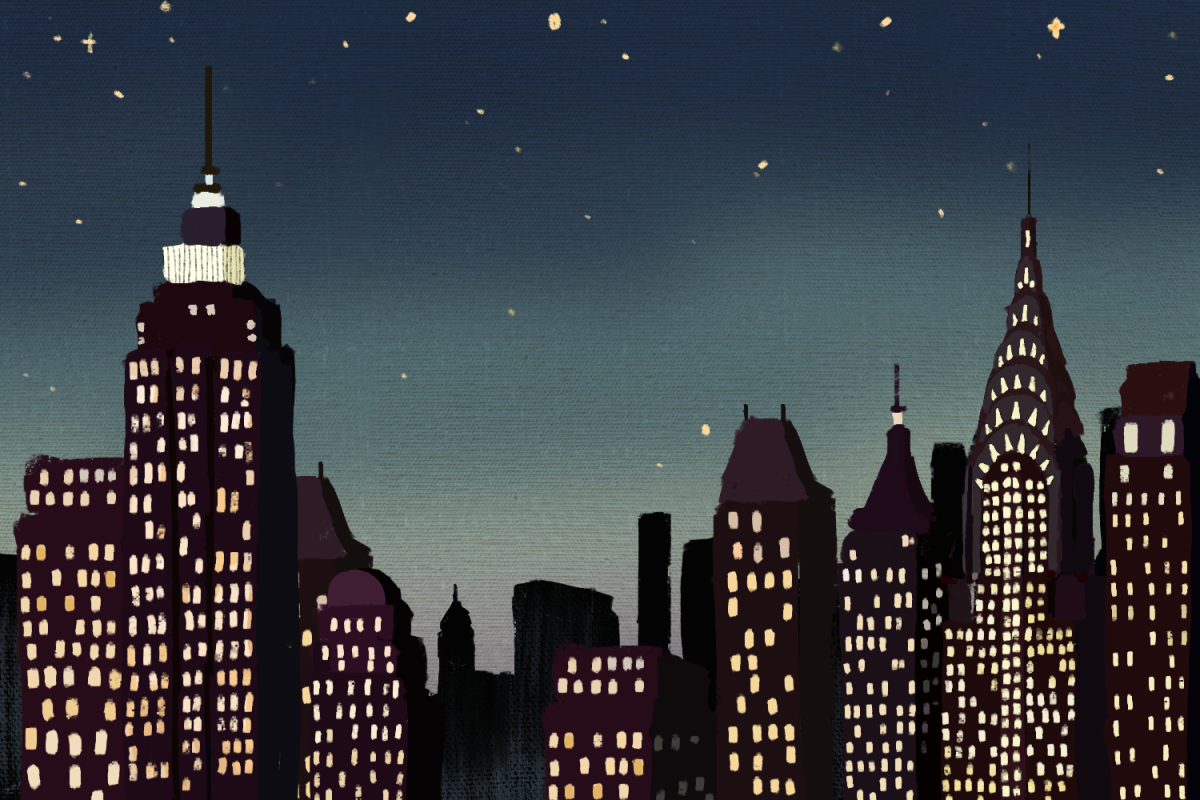London Is Not the New York of Europe
September 24, 2018
Before making the journey to study abroad in London, I imagined it as simply a bigger, older New York City. But it didn’t take me long after arriving there to realize how distinct the metropolis actually is.
Given London is a large English-speaking city, it is easy to expect it wouldn’t be much different from New York City — despite being on a completely different continent. While the “New York of Europe” may not seem to promise any severe culture shock to Americans who visit — sans the unsurprisingly fantastic accents, wonderfully plentiful tea and currency (oddly confusing) — the many subtle differences between the two cities give London a character unmistakably distinct from New York.
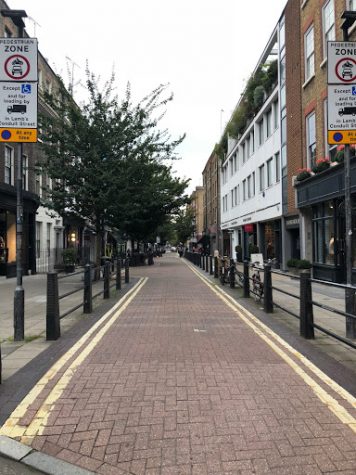
A quiet street in London.
For one thing, London is really, really old, but casual about its insane history. St. George’s Gardens, located right next to NYU’s Byron Court dorm, is a great place for taking a nice walk or reading a book. It’s also a great place if you want to spend time in a cemetery with people who died before the United States was even a country. Back in New York, a cemetery as old as this one would be a sight to see. In London, this cemetery, which opened in 1714, is just another spot for locals to let their dogs run around. The dog owners have no qualms with their pets peeing on 300 year old graves. London’s incredible and vast past is just another part of its identity.
Yet, London’s old age in no way slows down the city. Similar to the wild New York City subway stations, tube stations are madhouses. Everyone is power walking and traveling in 17 different directions, making every station seem like Grand Central during rush hour. And the crowds in the tube during actual rush hour? Let’s just say London has redefined what constitutes a busy platform and train. Air conditioning is sorely missed, especially in the train cars.
The London Underground also brings a unique situation: no cell reception whatsoever. You completely lose connection the moment you enter the platform and don’t regain it until you emerge from the ground. The byproduct of this is that people spend their train rides looking up from their phones.
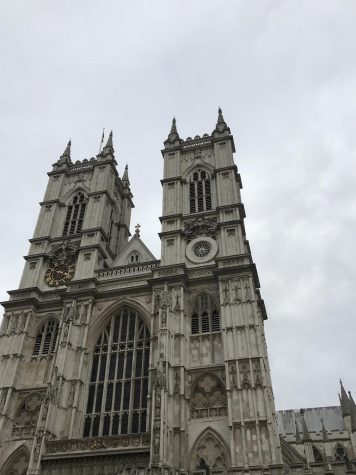
Westminster Abbey, a UNESCO World Heritage Site.
In fact, it’s not uncommon to see people reading physical newspapers. Often tube riders grab free copies of the Metro before descending down the escalator, cut off from internet. Admittedly, there’s something kind of refreshing — or at least nostalgic — about seeing people flip through newspapers, even if they are reading the Daily Mail.
Back above ground, London both mimics the crowded chaos of its train stations and completely deviates from it. Walking down Oxford Street for some shopping feels exactly like walking down Broadway, with the endless stream of tourists, cars and of course: honking horns. It feels just like New York — that is, until you turn off and walk for only a block to suddenly find yourself on an almost impossibly quiet residential street with few other pedestrians. It’s like traveling from the discord of Times Square to the tranquility of the middle of Central Park, the difference is only a matter of blocks.
Offering even more unexpected reprieves from busy city life, London boasts 3,000 parks. The 15-minute walk from one of the NYU dorms to the academic center will take you by at least three of them. Their presence helps to break up the ever-present feeling of stress inherent to an urban lifestyle, giving a little reminder to slow down and smell the flowers — or more likely, look at the trees.
While it’s difficult not to miss New York, spending time in a city that sometimes feels more like a small town can be a nice break. It’s certainly an excellent place to call home, if only for a while.
Email Bethany Allard at [email protected].

